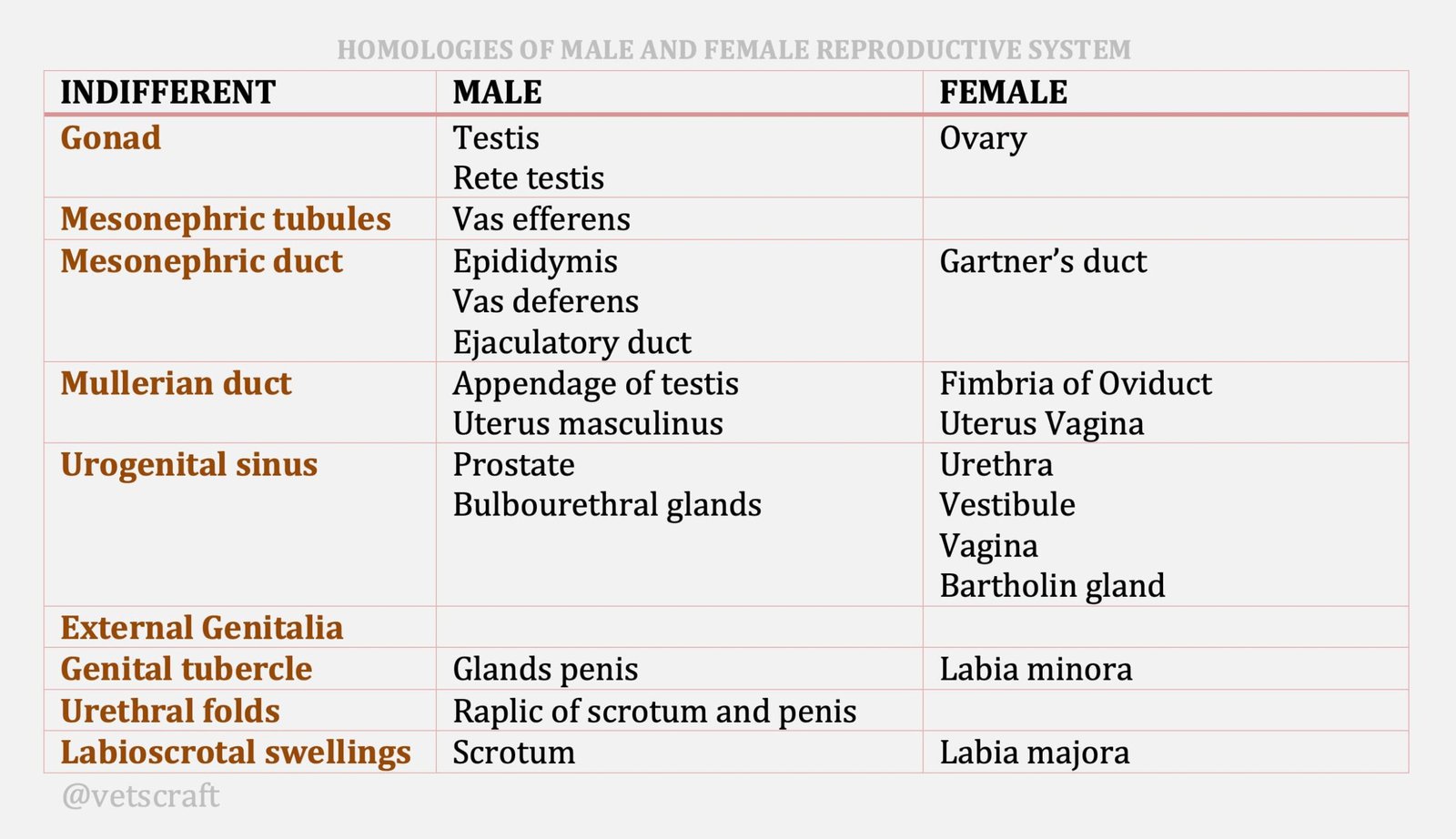TABLE OF CONTENTS
Oviduct (Egg tube) Role in Reproduction
Oviduct (Egg tube) plays a crucial role in the reproduction process by facilitating the transport of eggs from the ovary to the uterus.
It also known as Salphinx, Egg tube, Fallopian tube or Tunnel of love.
The oviducts are a pair of tortuous, narrow tubes suspended in the mesosalphinx, a peritoneal fold from the lateral layer of the broad ligament. They are about 20 to 30 cms long and about 3mm in diameter extending from the ovary of the uterine horn.
The oviduct may be divided into three functional segments-the large-like fimbrae; the funnel shaped structure opening adjacent to the ovary-the infundibulum; the more dilated ampulla and the narrow portion of the oviduct connecting the oviduct with the uterine lumen-the isthmus.

The opening of the infundibulum, ostium tubae abdominale lies in the centre of a fringe of irregular processes, that forms the extremity of the oviduct, the fimbriae. The opening of the isthmus into the uterus is called Osteum tubae uterinum.
The fimbriae greatly increase the surface area of the infundibulum and cause it to glide or slip over the entire surface of the ovary near the time of ovulation. The fimbriae are unattached except at one point at the upper pole of the ovary, which also assures close approximation of the fimbriae and ovarian surface. The infundibulum leads directly into a thick portion of the oviduct called the ampulla.
The ampulla occupies one half or more of the oviductal length and merges with the isthmus of the oviduct. The junction between ampulla and isthmus is called ampullary isthemic junction. The isthmus is smaller in diameter than the ampulla. It is connected directly to the uterus and the point of juncture is called the uterotubal junction.
In the cow the UTJ forms a link thus blocking movement of embryos. As estradiol level decreases the link straightens out, the lumen of the uterus is no longer junction in guarded by a long finger like mucosal process and serves as a major barrier to sperm transport and thus preventing polyspermy.
The wall of the oviduct consists of the mucosa, the muscularis and the outer serous coat. The oviductal mucosa is made of primary, secondary and the teritiary folds. The mucosa in the ampulla is thrown into high, branched folds that decrease in height toward the isthmus and become low ridges in the uterotubal junction.
The mucosa consists of the surface columnar epithelial cells, muscle fibres and an underlying connective tissue containing fine blood and lymph vessels. The epithelium contains ciliated and non ciliated cells or secretary cells together with peg cells (depleted secretary cells).
The percentage of ciliated cells decreases gradually in the ampulla toward the isthmus and reaches a maximum in the fimbriae and infundibulum. So the ciliated cells are more abundant where the egg is picked up from the ovarian surface whereas secretary cells are abundant where luminal fluids are needed as a medium for the interaction of egg and spermatozoa. The oviductal epithelium undergoes morphologic and cytologic changes during the oestrus cycle.
The mucularis consists of an inner layer of circular or spiral muscle fibres and an outer layer of longitudinal bundles. The thickness of the oviductal musculature increases from the ovarian to the uterine end. The serosa consists of connective tissue and an external coat formed from the peritoneum.
Adrenergic innervations is prominent in the musculature of the isthmus and at the ampullary isthmic junction and these dense adrenergic innervations permits the isthmus to act as a physiologic sphincter which may be important for regulating egg transport.
Table Table Table
Functions of the Oviduct
- Captures and transports the ovulated eggs from the ovarian surface to the fertilization site.
- Conveys the egg and spermatozoa in opposite direction, almost simultaneously.
- Sperm capacitation, fertilization and embryo cleavage occur in the oviduct.
- Transport of the early embryo to the uterus.
- The oviduct provides an optimal environment that is both nutritive and protective for the sperm, oocyte and early embryo.

